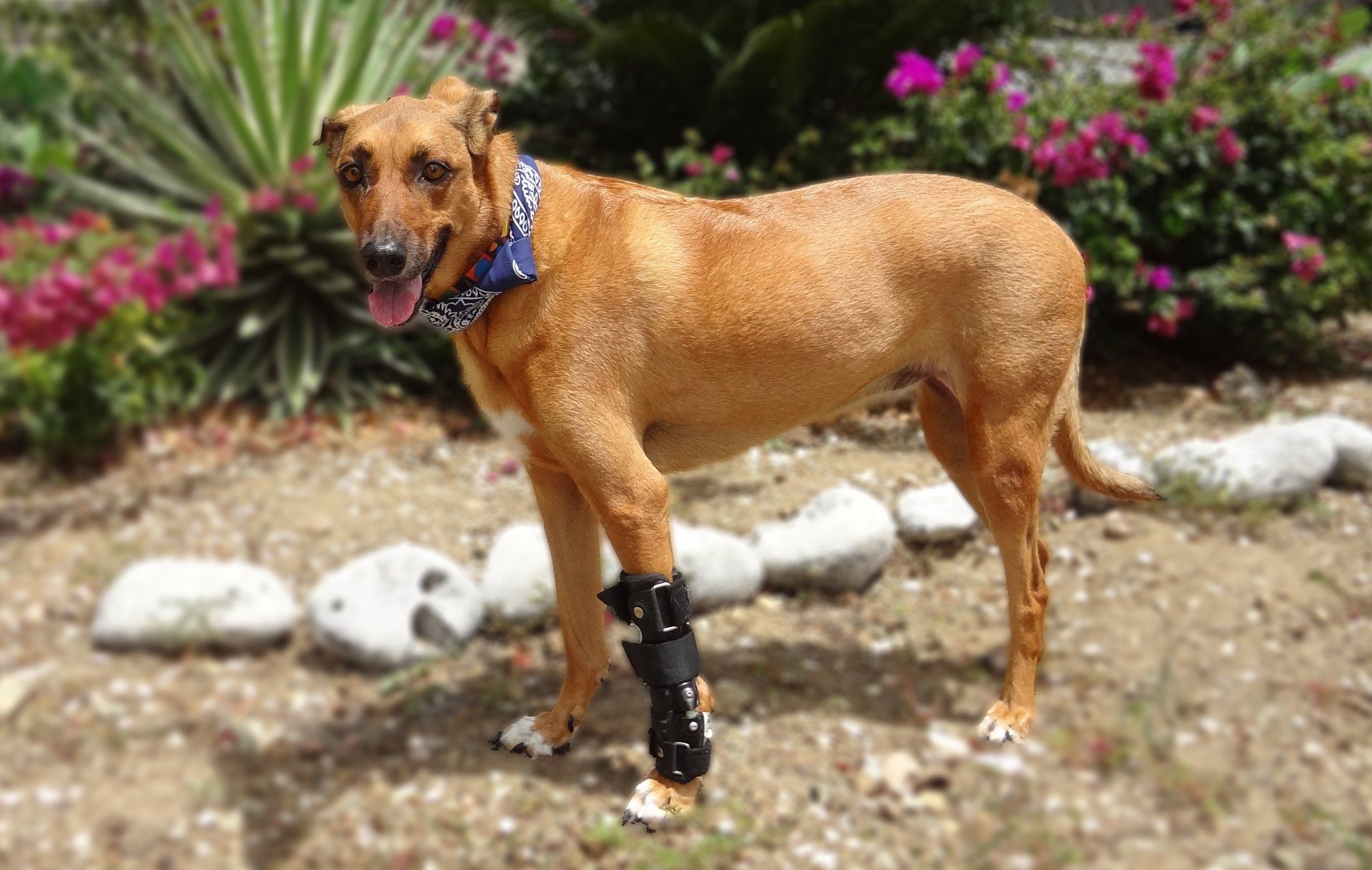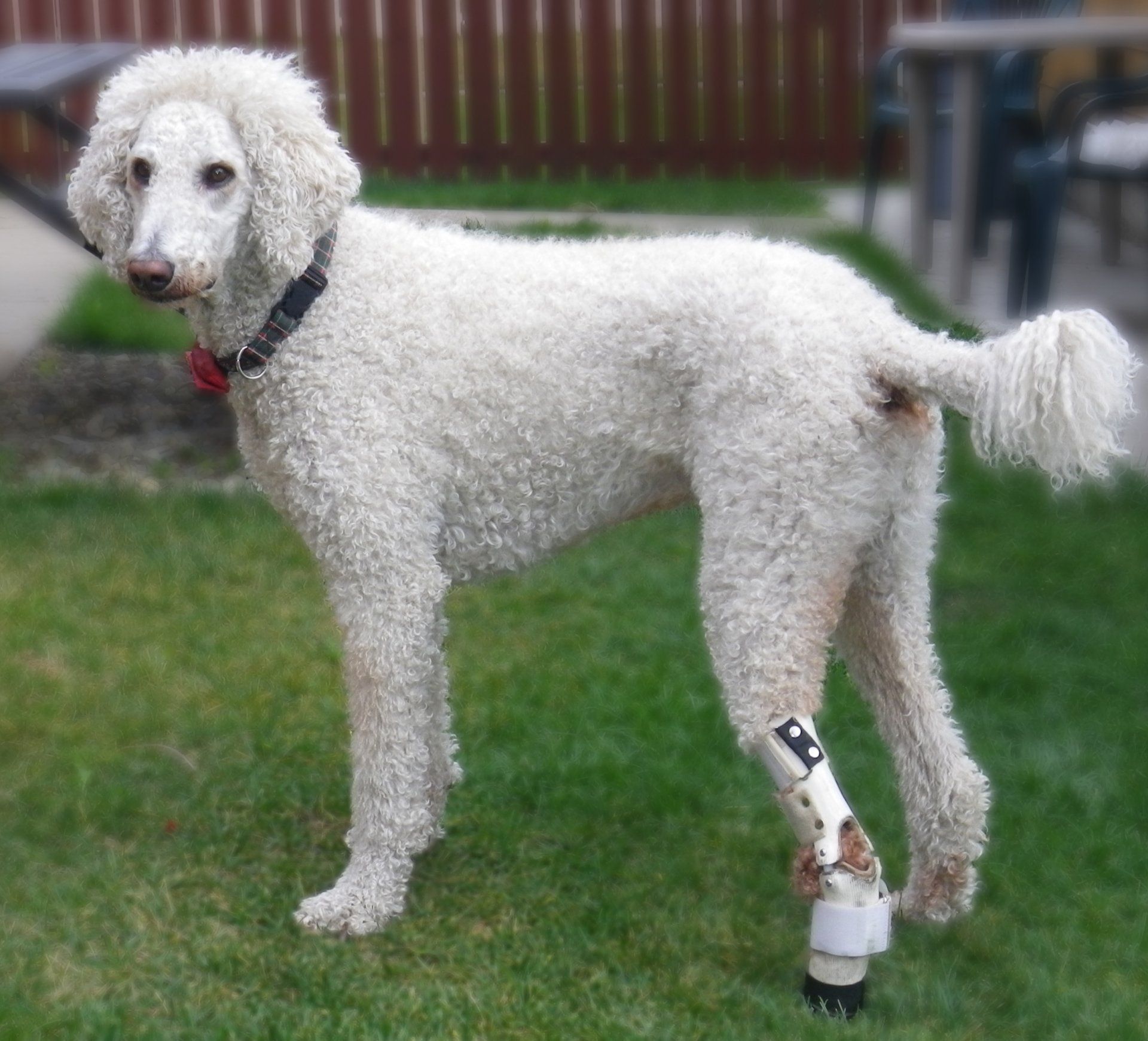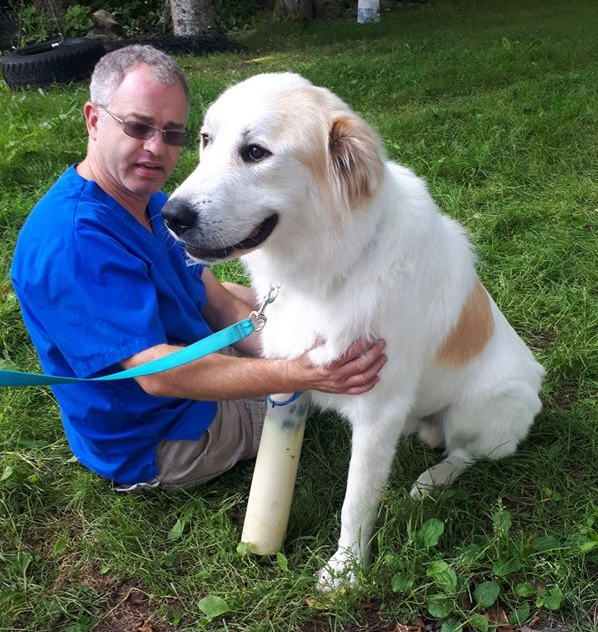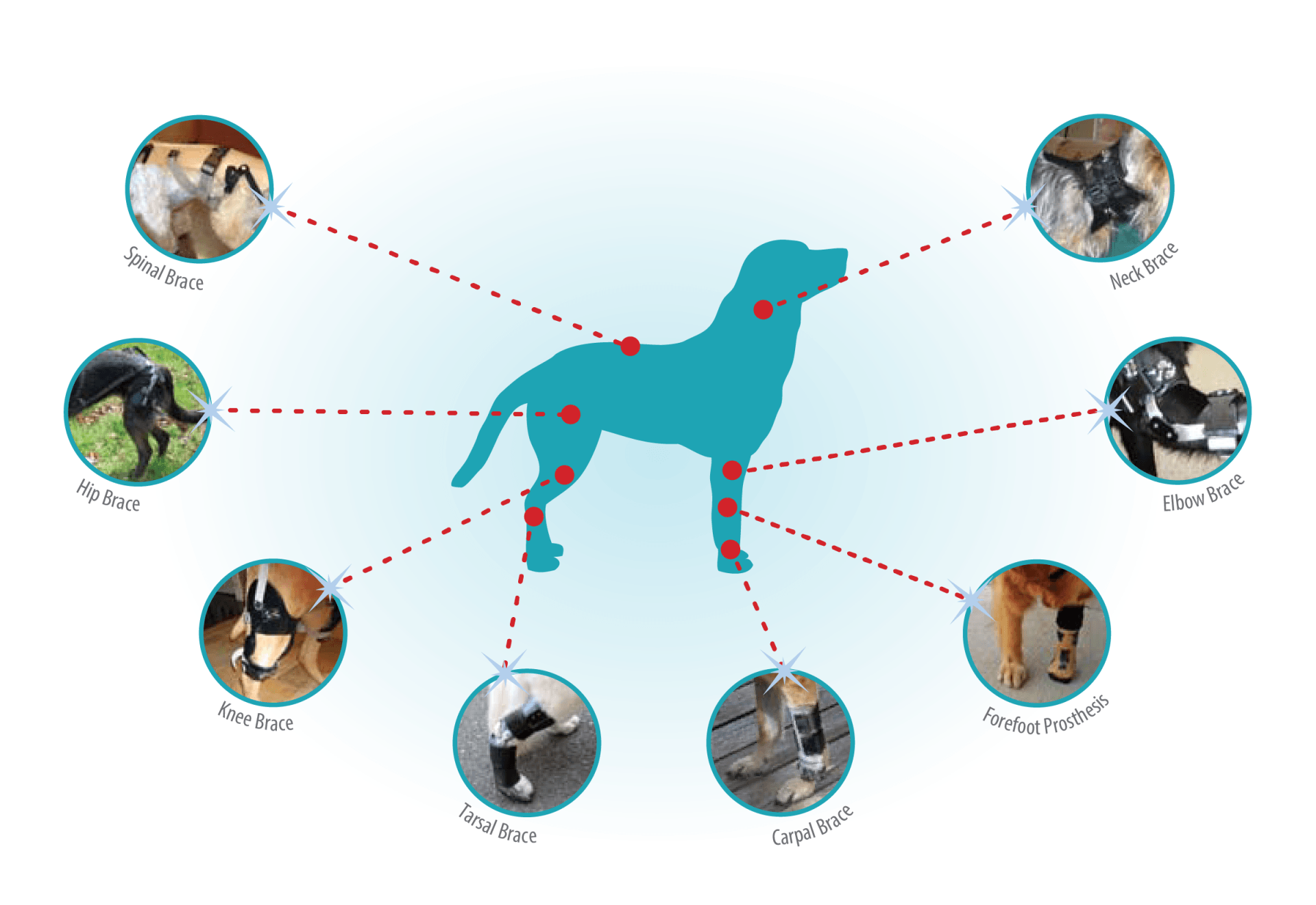The personal frustration and discomfort caused when Jeff was first provided with a poorly fitted and constructed prosthetic leg opened the door to what has become a remarkable career. Jeff decided that he could do much better and built his own prosthetic leg. He quickly realized that he had an ability to help many others and completed the George Brown College Orthotic & Prosthetic Technical Program located at one of North America's leading and largest health care institutions, the Sunnybrook Health Science Centre in Toronto. Jeff achieved the highest level of accreditation available in his profession when he received his Registered Prosthetic Technician Certificate from the Canadian Board for Certification of Prosthetists and Orthotists.
It wasn't long before Jeff realized that he could apply his skills to create an orthotic to help his own ailing dog. Since that time, Jeff has focused his exceptional technical training, personal insights and experience solely on the unique challenges associated with meeting the ambulatory needs of dogs. Jeff is driven by a determination to deliver only the highest levels of comfort and mobility to every pet, meeting the same level of quality and functionality standards that he expects for himself.
Veterinarians value the depth of Jeff's technical knowledge and the quality of the devices produced by his team. Jeff works with each veterinarian, regardless of location, to establish a strong and effective working relationship that ensures the best possible outcome for the owner and pet. Jeff has also established clinical and research relationships with several leading veterinary teaching colleges in North America, as well as with numerous orthopaedic and neurological veterinary surgeons



